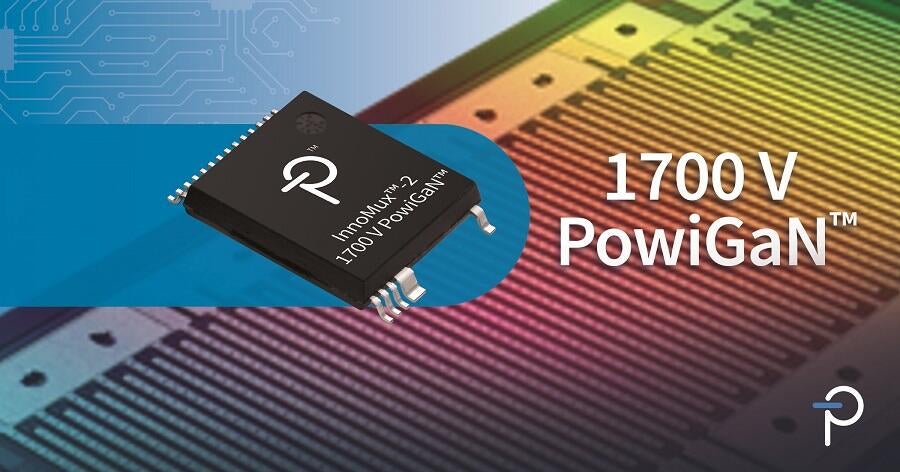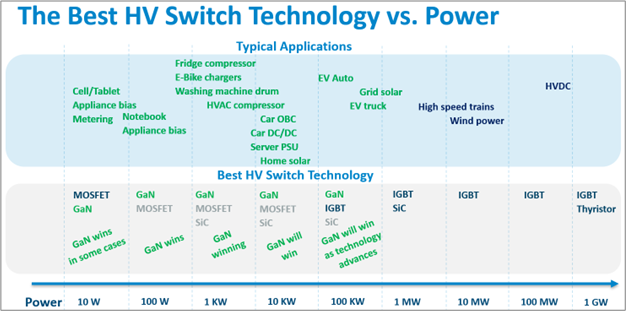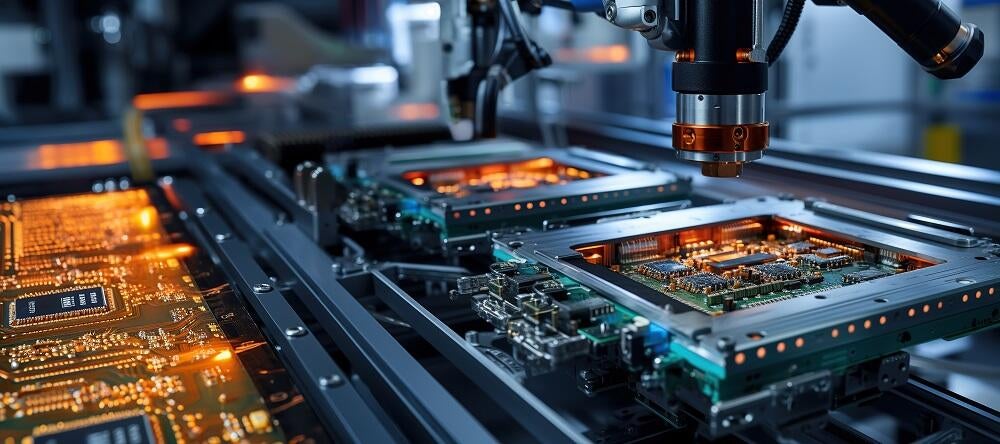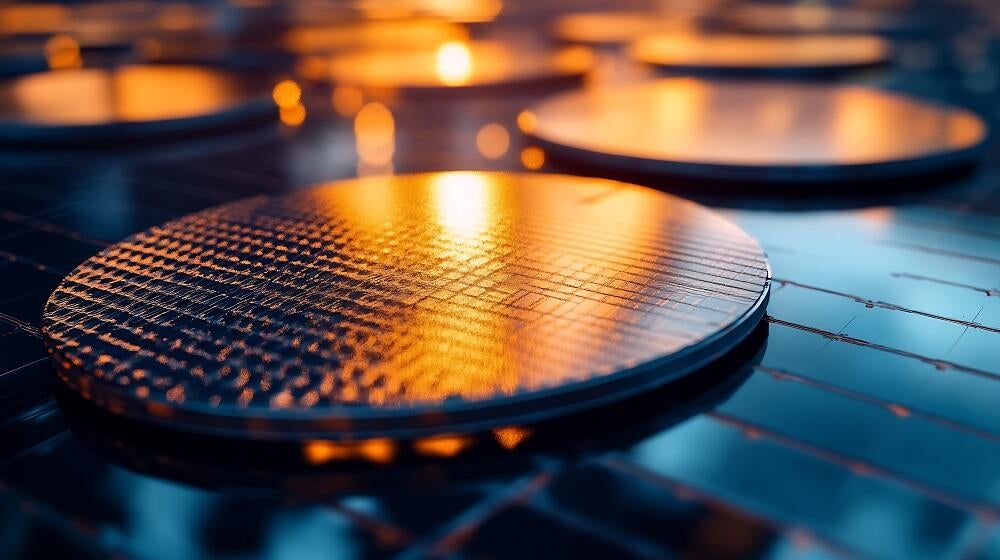GaN 可以應用在任何地方…GaN 可以應用在越來越多的地方

SiC v GaN v SJ MOSFET v IGBT?每種技術都有其適用之處,這就是為什麼 Power Integrations 不將 GaN 視為一個市場,而是一種技術的原因。它只是我們眾多技術中的一種,還有 SiC 和各種不同的 MOSFET 技術,我們會根據特定應用選擇我們認為最合適的技術。
隨著我們最近推出一款崩潰電壓為 1700 V 的 GaN 裝置,人們對 GaN 定位的看法發生了重大變化,而我認為使用「引人注目」是合理的形容詞。正確地說:1700 V 比我們之前的最佳電壓高 450 V,比其他製造商提供的最佳電壓高 70% (順便一提,我們認為其他製造商的類似產品目前還無法量產出貨)。大多數 GaN 公司都在難以將崩潰電壓提高到 750 V 以上。我們推出了一款返馳式電源供應器 IC InnoMux™-2,其額定電壓為 1700 V,因此可以輕鬆應對 1000 VDC 導軌應用。本產品現已可大量訂購,交貨週期為 16 週,並可提供現成的樣品。

這對產業以及整個「GaN 與 SiC,哪種功率 IC 技術最好」的討論意味著什麼?
簡而言之,我們相信 GaN 很快就能滿足從幾十瓦到幾百瓦乃至千瓦的所有應用領域。
讓我們來分析一下。GaN 已經贏得了 30 W 至 240 W 的低功率充電器市場。這是因為它比超接面 MOSFET 更高效,具有可忽略不計的切換損失和極低的特定 RDSON。因此,可以實現更高的功率密度,裝置可以做得更小或更強大,熱管理挑戰也大幅減少。 儘管 MOSFET 目前比 GaN HEMT 便宜,但由於需要先進的諧振架構和散熱片,因此它們在系統層級的成本效益低於 GaN。隨著規模經濟的出現和產量的提高,GaN 的優勢將會進一步增強。MOSFET 可能更適合極低功率應用 (例如 <20 W) 的唯一原因是低功率等級下的 GaN 晶片太小,難以處理。

隨著功率等級從 500 W、1 kW 上升至 10kW,GaN 也逐漸佔上風。我們在這裡看到的應用包括冰箱、電動自行車充電器、洗衣機和其他白色家電、HVAC 壓縮機、太陽能、某些汽車功能 (例如車載充電器和鉛酸替換電池電路) 以及伺服器 PSU。所有這些應用都是從 MOSFET 轉變而來。一些公司已經轉向 SiC,既然 SiC 和 GaN 的效率等級不相上下,那麼為什麼 GaN 會在各種應用中佔上風呢?簡單來說,原因就是成本。SiC 需要大量能量來產生所需的高加工溫度。GaN 則不需要。GaN 裝置本身的生產成本不會比矽元件更高 – 甚至只需要微乎其微的修改,就可以在同一條生產線上生產。

越來越多的 1 至 10kW 應用 (以前是 MOSFET 和 SiC 的專利) 可以透過 GaN 實現,而且不會止步於此。目前,GaN 的最高功率約為 7-10 kW。這還遠遠不能滿足電動車變頻器市場 (最大的單一電源 IC 應用 TAM) 的需求,但只需要再增加 10 倍,就能達到幾百千瓦的電動車功率水準,而高科技領域增加 10 倍只需幾年的時間便能實現。沒有實質的約束,沒有物理的限制...需要的不是發明或靈感,而是開發。
在極高功率領域 (數兆瓦的風力渦輪機和千兆瓦的高壓直流裝置),IGBT 已經非常成熟且相對便宜。因此,SiC 看起來將被擠壓到一個相對較小的市場部分,而該市場需要垂直技術可以提供的更高電流。
最後一點。當任何新技術出現或取得重大進展時,它所做的第一件事就是直接取代先前的技術。但隨後一位聰明人出現並說:「好吧!這沒關係,但新技術讓我們能夠徹底重新思考設計 – 提出一個充分利用新技術的新概念,而不必再回顧舊技術的要求。」我們不斷在微電子、封裝、系統和演算法層面進行創新,開發特定應用的電源產品,在效率、成本效益和元件數量方面不斷進步,為新市場開闢新思路。






